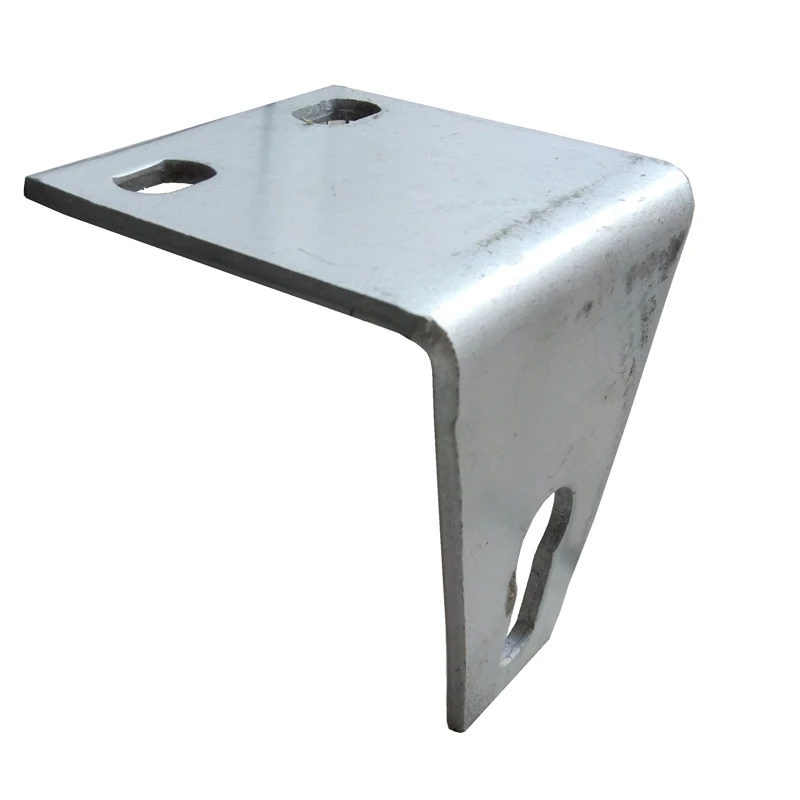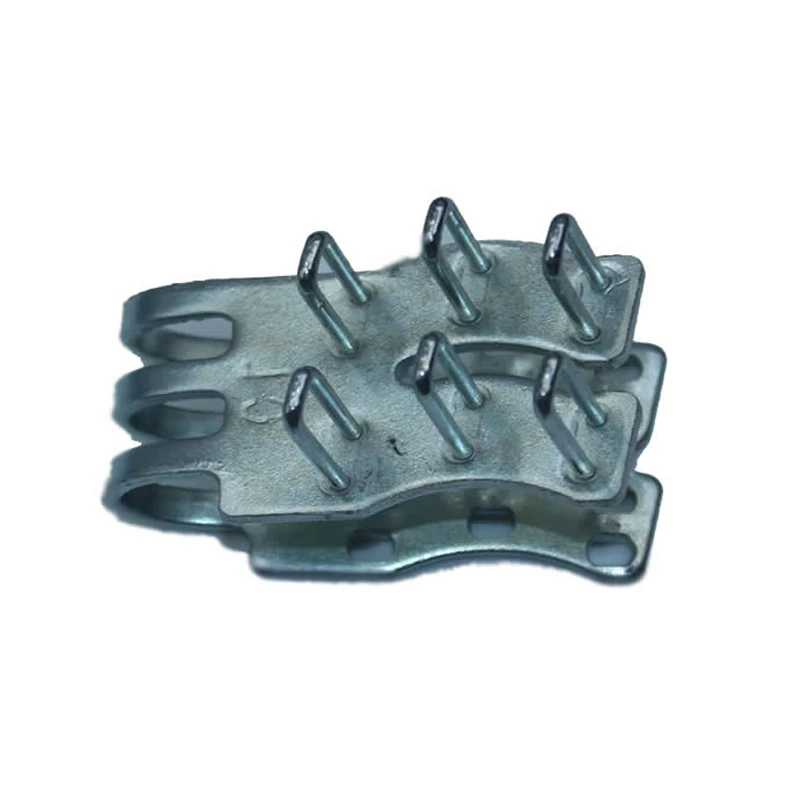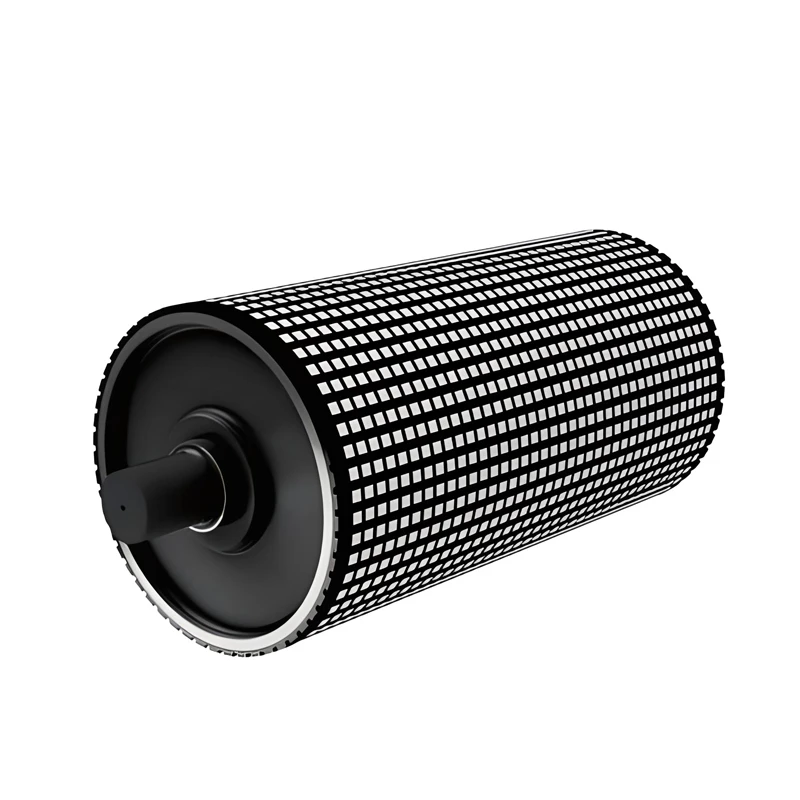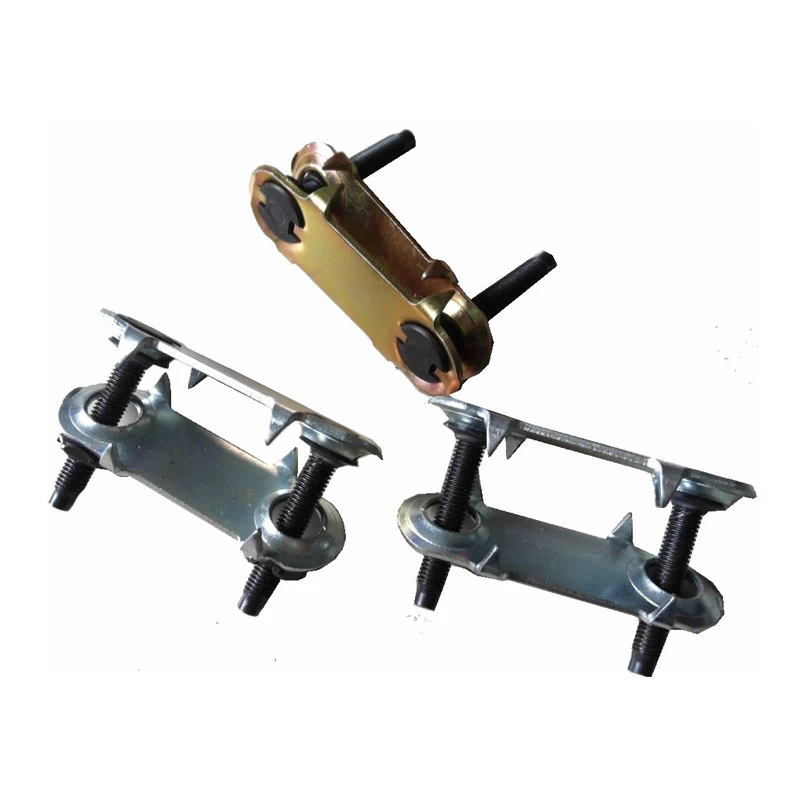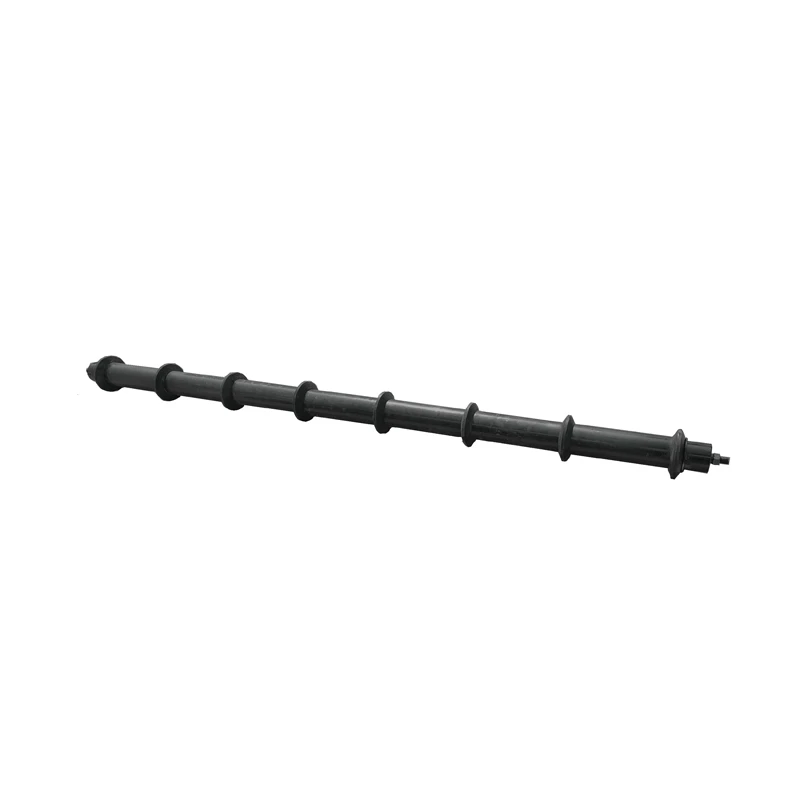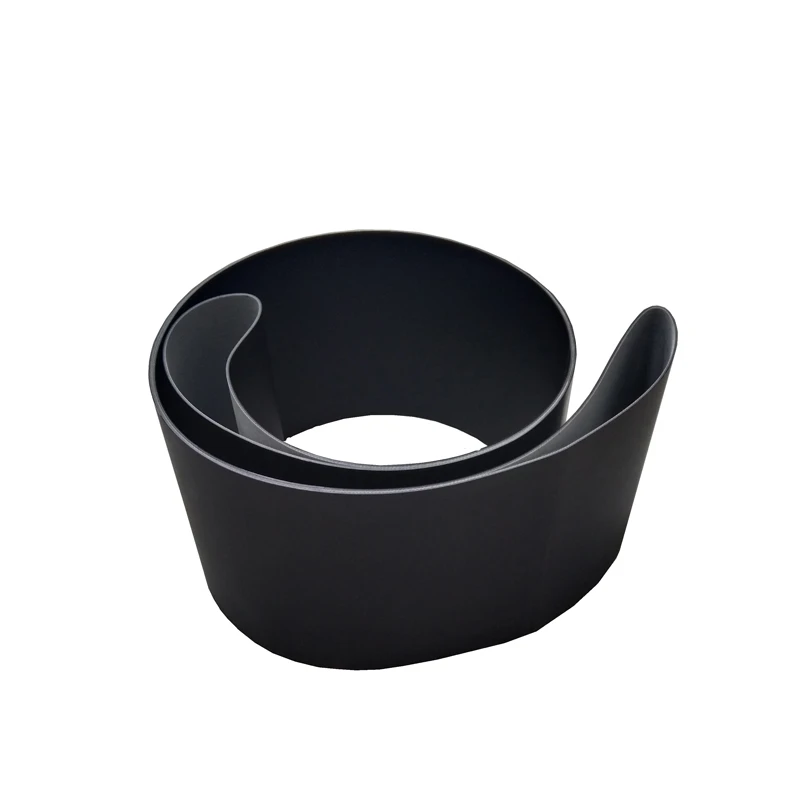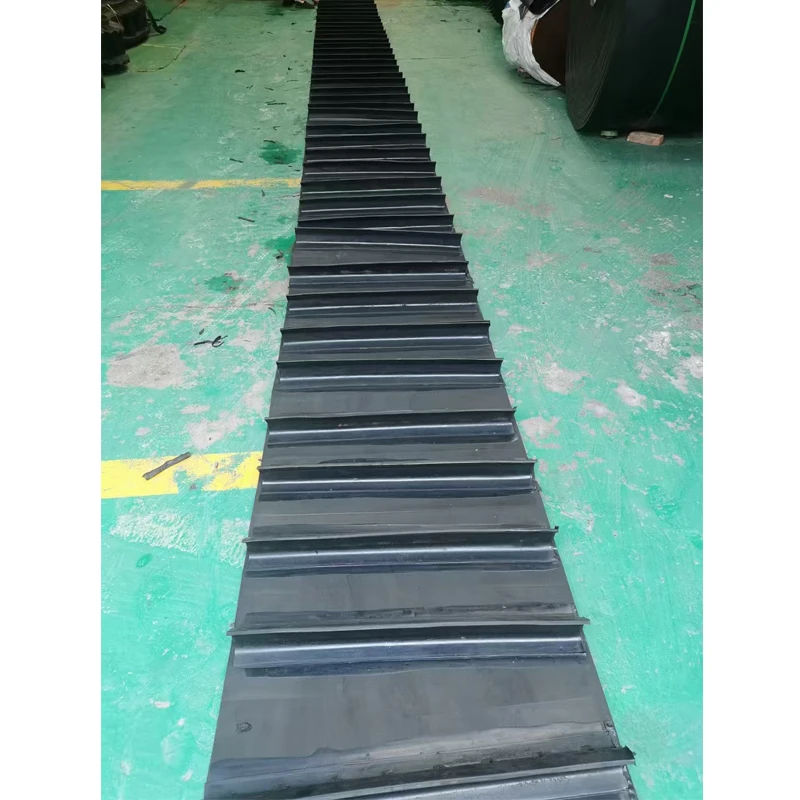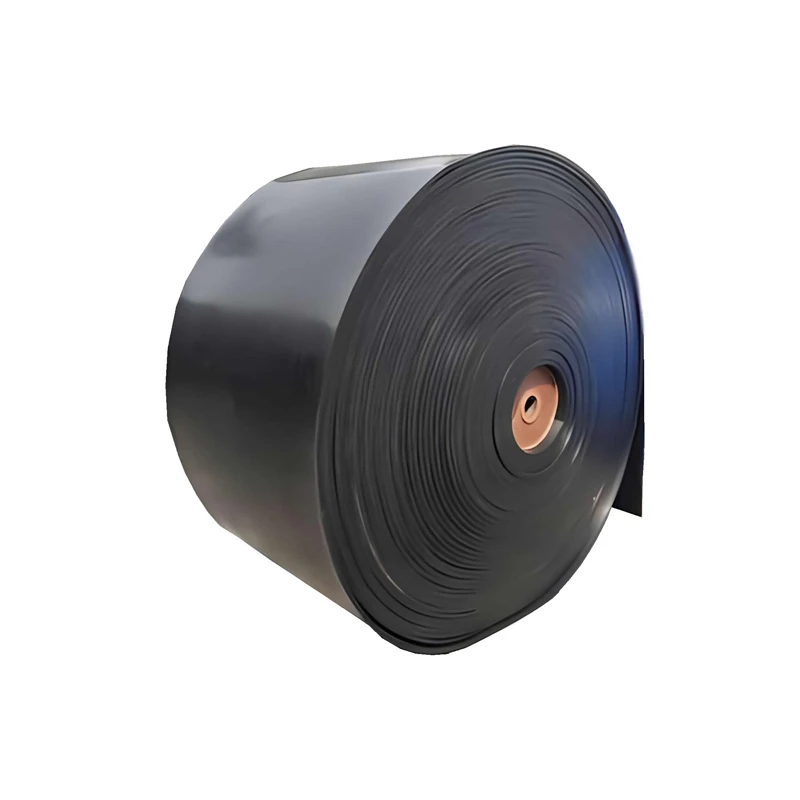- Fundamentals of conveyor belt mechanics
- Core components and operational relationships
- Performance data and technological advantages
- Comparative analysis of leading manufacturers
- Industry-specific customization frameworks
- Implementation case studies across sectors
- Technical documentation formats for belt conveyor systems

(principle of belt conveyor)
Understanding the Principle of Belt Conveyor Systems
Belt conveyors operate through continuous material movement between two rotating drums powered by electrical motors. This fundamental principle enables horizontal transport of bulk materials at 2-5 m/s, with advanced systems achieving capacities exceeding 20,000 tons per hour in mining applications. The key physics principle involves converting rotational energy into linear motion through friction between the belt and drive pulley, with conveyor efficiency rated at 85-95% in modern installations. Material trajectory calculations follow Newtonian mechanics to determine optimal belt speeds for different payload densities.
Component Architecture and Material Interactions
Conveyor functionality emerges from five core subsystems working in synchronization: (1) polymer-reinforced belts withstand tensile forces up to 8,000 N/mm, (2) precision pulleys maintain belt tracking with radial forces exceeding 50 kN, (3) impact-resistant idlers rated for 100,000+ operational hours, (4) variable frequency drives regulating motor operation within ±0.5% speed accuracy, and (5) safety monitoring systems including belt misalignment sensors and emergency stops. The interaction between synthetic belt compounds and bulk materials determines performance metrics like abrasion resistance and material carryback rates below 0.2%.
Operational Efficiency Metrics and Engineering Advancements
Contemporary belt conveyors demonstrate significant advantages over alternative material handling methods through verified operational data: energy consumption averages 30-50% lower than pneumatic systems, with lifecycle costs reduced by up to 40%. Engineering breakthroughs include self-stabilizing belt designs maintaining ±5mm tracking accuracy, intelligent drive systems optimizing power consumption to 0.015 kWh/ton/mile, and advanced composite materials extending maintenance intervals by 400%. Temperature-resistant belts maintain integrity from -40°C to 180°C, while dust suppression systems limit particulate emissions to <5mg/m³.
Manufacturer Capability Comparison
| Supplier | Maximum Capacity (TPH) | Max Length (Meters) | System Efficiency | Specialized Designs |
|---|---|---|---|---|
| Siemens AG | 12,500 | 5,800 | 94% | High-temperature steel plants |
| ContiTech | 15,000 | 3,500 | 92% | Underground mining systems |
| BEUMER Group | 8,400 | 4,200 | 91% | Aeroport baggage handling |
| FLEXCO | 6,800 | 2,500 | 89% | Food-grade applications |
Customized Integration Frameworks
Material-specific engineering solutions address unique operational environments using parametric design software like CADworx and Navisworks. Food processing lines incorporate stainless steel components with FDA-approved belts requiring 30° steep inclines at 3.5 m/s. Underground mines implement explosion-proof drives with curved conveyors navigating 30° horizontal bends. Chemical plants utilize specialized belt compounds resistant to hydrocarbons, with loading zone impact resistance rated for 50mm diameter materials falling from 5m heights. Each configuration undergoes discrete element modeling simulations verifying performance parameters before manufacturing.
Industrial Deployment Case Studies
Rio Tinto implemented a 7km overland system transporting 8,000 TPH iron ore using curved conveying technology, reducing transfer points by 60% and saving $12 million annually in maintenance. In automotive manufacturing, BMW's Leipzig plant installed 23 synchronized conveyors handling 1,200 car bodies/hour with positioning accuracy of ±2mm, increasing production line uptime to 99.2%. Parcel delivery hubs deploy high-speed sorting conveyors processing 25,000 packages/hour with automated scanning systems achieving 99.97% routing accuracy through barcode recognition and AI-assisted dimensioning.
Technical Documentation Formats Including Belt Conveyor Working Principle Resources
Comprehensive working principle documentation exists in specialized formats: PDF technical manuals include exploded component diagrams and installation tolerances specified to ±0.1mm. Presentation decks incorporate 3D model animations depicting material loading dynamics at varying belt velocities and incline angles. Maintenance training packages provide VR simulations for troubleshooting common failures like belt slippage or mistracking, significantly reducing repair times. Industry standards compliance includes ISO 5304 calculations for power requirements and DIN 22101 specifications for safety component integration.
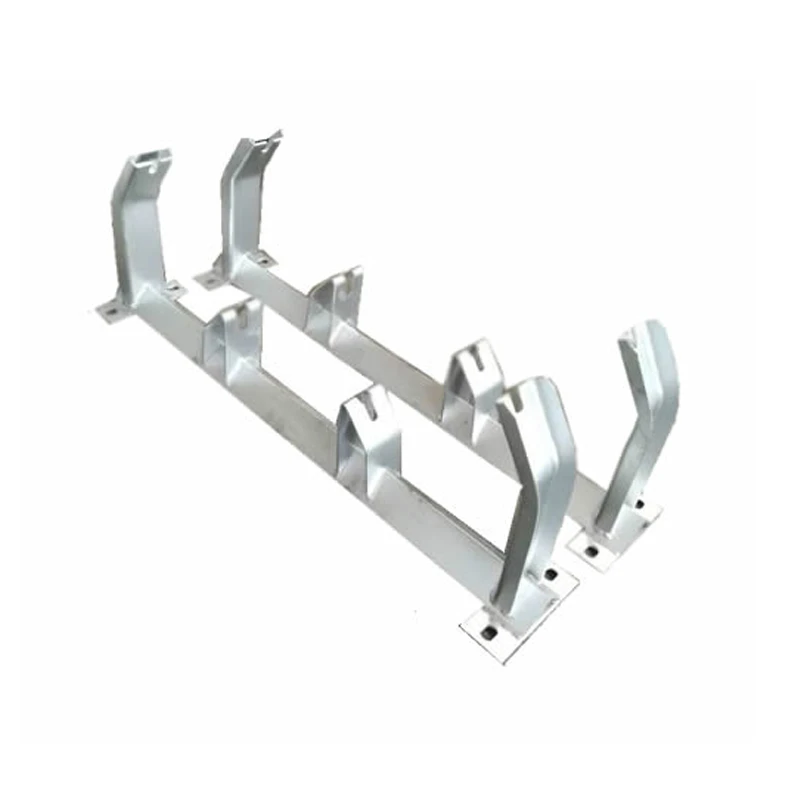
(principle of belt conveyor)
FAQS on principle of belt conveyor
-
Q: What is the fundamental operating principle of a belt conveyor system?
A: Belt conveyors operate by rotating two or more pulleys to move a continuous loop belt. Material placed on the belt is transported along a fixed path using friction between the belt and drive pulley. The system relies on electric motors generating torque to power the movement.
-
Q: How does friction enable material transport in belt conveyor working principle?
A: Friction is essential as it prevents slippage between the driven pulley and conveyor belt. As the motor rotates the drive pulley, friction forces propel the belt forward. This traction allows consistent material movement without belt skidding during operation.
-
Q: What key components drive functionality according to belt conveyor working principles?
A: Critical components include the drive pulley (power transfer), idlers (belt support), and take-up system (tension control). Electric motors initiate motion while the conveyor belt acts as both load carrier and traction mechanism. These elements synchronize to ensure controlled material flow.
-
Q: Why is belt tension critical in the working principle of belt conveyors?
A: Proper tension maintains grip between the belt and drive pulley, preventing slippage and misalignment. Insufficient tension causes material spillage and reduced efficiency, while excessive tension strains components. Tensioning systems automatically adjust to sustain optimal friction levels.
-
Q: Where can I find detailed diagrams explaining belt conveyor working principle ppt formats?
A: Technical presentations illustrating belt conveyor working principle ppt visuals are available through engineering portals like PPT SlideShare or manufacturer websites. These resources typically include schematic diagrams of drive mechanisms, load paths, and tensioning principles for clearer understanding.

